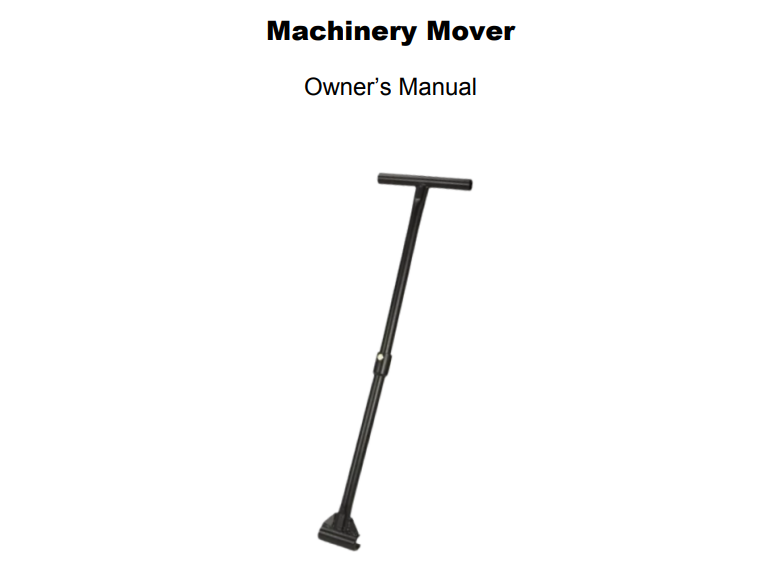Mobile Overhead Crane Systems for Enhanced Material Handling Efficiency and Versatility
Understanding Movable Overhead Cranes A Key to Efficient Material Handling
Movable overhead cranes are a fundamental piece of equipment in many industrial settings. Designed to lift and move heavy loads safely and efficiently, these cranes play a critical role in manufacturing, construction, and warehouses. Their design allows them to traverse a space, providing versatility that is essential in environments where precision and safety are paramount.
A movable overhead crane generally consists of a girder, which is supported by two or more end trucks that traverse along fixed runway beams. The crane’s movement is driven by an electric, hydraulic, or manual system, making it adaptable to various operational needs. The main advantage of this type of crane lies in its ability to operate with both vertical and horizontal movement, providing a comprehensive solution for material handling.
One of the most significant features of movable overhead cranes is their capacity to lift loads that exceed what can be handled manually. With the capability of lifting thousands of pounds, these cranes significantly reduce the risk of injury associated with manual lifting. In addition to worker safety, the efficiency gains from using movable cranes translate into improved productivity. Tasks that may have taken hours to complete can often be managed in mere minutes with the right crane in place.
Safety is paramount when operating overhead cranes. Operators are trained to understand the equipment, load capacities, and the specific requirements of their work environment. Proper maintenance is crucial to ensure that all components, including the hoist, ropes, and control systems, are functioning optimally. Regular inspections help in identifying any wear and tear, ultimately extending the life of the crane and preventing accidents.
movable overhead crane

Moreover, advancements in technology have further enhanced the capabilities of movable overhead cranes. Many modern cranes come equipped with smart technology that allows for real-time monitoring of load weights, movement patterns, and operational efficiency. These features not only optimize performance but also contribute significantly to safety standards. With integrated sensors and alarms, operators are alerted to any potential risks, helping to create a safer workplace.
Another important aspect of movable overhead cranes is their adaptability. Different applications may require different configurations, and these cranes can often be customized to meet specific operational needs. Whether it be adjusting the height of the hoist or redesigning the girder structure, flexibility in design ensures that various industries can benefit from this equipment.
In terms of financial investment, businesses must weigh the cost of acquiring and maintaining a movable overhead crane against the potential savings gained through increased efficiency and reduced labor costs. While the initial outlay can be substantial, the long-term benefits often justify the expense, leading to a strong return on investment.
In conclusion, movable overhead cranes are an invaluable asset in various industries. Their ability to lift and maneuver heavy loads contributes to increased safety, efficiency, and productivity, making them essential in today's industrial landscape. As technology continues to evolve, we can expect these cranes to become even more sophisticated, offering enhanced functionality and safety features. For any organization involved in heavy lifting, investing in a movable overhead crane is a decision that will pay dividends in the long run.
-
Permanent Magnetic LiftersNewsNov.01,2024
-
Operations with an Adjustable CraneNewsNov.01,2024
-
Machine Moving SkatesNewsNov.01,2024
-
Industrial Lifting MagnetsNewsNov.01,2024
-
Effective Machinery MovingNewsNov.01,2024
-
Adjustable Gantry CraneNewsNov.01,2024
-
Unlock the Power of Lifting with Permanent Magnetic LiftersNewsOct.11,2024
